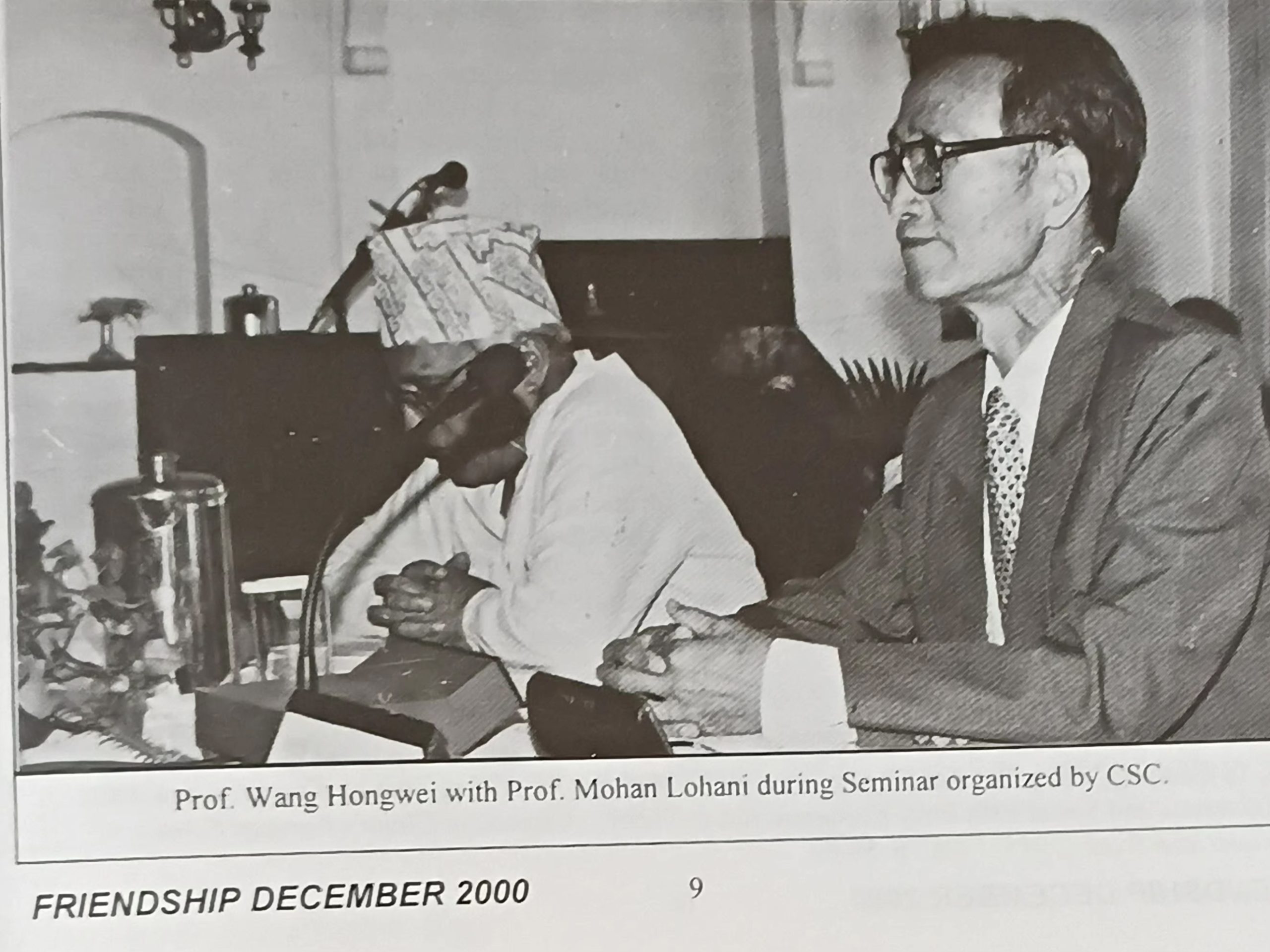
By Bikash Thapaliya
Nepal Caught Between Polluting Giants
Nepal, a small Himalayan nation rich in biodiversity and natural resources, sits uneasily between two of the world’s largest carbon emitters: China to the north and India to the south. Together, these countries emit more than 12,000 million metric tons of carbon annually. Nepal, by comparison, emits just over 3 million metric tons — less than 0.05% of the global total. Yet, the country is paying a disproportionate price in the form of transboundary air pollution, climate instability, and environmental degradation.
Despite this, there is an equally urgent but less discussed crisis unfolding within the country — plastic pollution. Its impacts are widespread, underreported, and intimately connected to both environmental and public health emergencies in Nepal.
Plastic Pollution: An Escalating Crisis
From the garbage-choked Bagmati River in Kathmandu to plastic-strewn highways of Chitwan and the overflowing drainage systems of Birgunj, plastic waste has become a defining feature of modern urban Nepal. A walk through any city reveals the scale of the problem: plastic bags flying through the air, drains clogged with food wrappers, and rivers suffocating under layers of polyethylene.
According to global studies, more than 8.3 billion metric tons of plastic have been produced since the 1950s, with over 6.3 billion tons ending up as waste. In Nepal, plastic consumption surged during the past two decades due to increased urbanization, modernization of packaging, and rising consumer culture. From mineral water bottles to noodle packets, almost everything is wrapped in plastic — and very little of it is recycled.
Worryingly, most plastic waste in Nepal is burned in open spaces, dumped in rivers, or buried in informal landfills — methods that pose serious threats to both the environment and human health.
Environmental and Health Impacts in Nepal
The implications of mismanaged plastic waste go far beyond what meets the eye:
Soil and Water Contamination
In rural and peri-urban areas, discarded plastics are commonly mixed with organic waste or left in open fields. Plastics release harmful additives like phthalates, bisphenol-A (BPA), and microplastics into the soil, which eventually leach into underground aquifers — threatening clean water access. In the Terai and Kathmandu Valley, where groundwater is a primary drinking source, this poses a grave public health concern.
Air Pollution and Respiratory Illness
Open burning of plastics, often used as a quick fix for waste disposal, emits dioxins, furans, and polychlorinated biphenyls (PCBs) — chemicals that are carcinogenic and endocrine-disrupting. These gases have been linked to a rise in respiratory diseases, especially among children and elderly populations in urban slums and near dumping sites like Sisdol and Bancharedanda.
Threat to Agriculture and Biodiversity
Plastic debris reduces soil porosity, affecting seed germination and productivity. In rural districts like Rupandehi and Sunsari, farmers report reduced yields in areas contaminated with plastic mulch. Livestock and wildlife — from cows grazing on roadside waste to aquatic life in Phewa Lake — often ingest plastics, leading to injury, poisoning, or death.
Growing Public Health Burden
Health institutions across Nepal are reporting an uptick in cases of gastrointestinal infections, skin allergies, chronic coughs, and even reproductive health disorders. Doctors at Teku Hospital and Bharatpur Hospital often attribute these symptoms to environmental toxins — many of which originate from unmanaged plastic pollution.
Plastic pollution also undermines Nepal’s hydropower-dependent economy. When dumped in river catchments or reservoirs, plastic waste obstructs water flow and damages turbines — increasing maintenance costs and reducing energy output.
Moreover, when plastics break down in landfills, they emit methane — a greenhouse gas 84 times more potent than CO₂ over a 20-year period. This contributes to glacial retreat and irregular monsoons. A 2015 study by ICIMOD estimated that the Hindu Kush Himalaya region could warm by 2–5°C by 2050, threatening Nepal’s water security and electricity supply.
Challenges in Combating Plastic Pollution
Nepal faces multiple hurdles in addressing this escalating crisis: Only a few municipalities, such as Lalitpur and Dharan, have initiated basic waste segregation. But most local governments rely on open dumping and informal scavenging networks. Plastic recycling facilities are rare, underfunded, and inaccessible to most of the population. Despite multiple plastic bag bans — from Singhadurbar to provincial policies — enforcement remains toothless. Lack of inter-agency coordination, corruption, and weak monitoring mean that plastic continues to flow freely into the market.
A significant portion of the population remains unaware of the long-term health and environmental costs of plastic. School curricula and public campaigns are sporadic, under-resourced, and urban-centric. Nepal lacks comprehensive, localized data on plastic generation, leakage, and its direct link to public health outcomes. Journalists, scientists, and policymakers are working with fragmented or outdated data, which hampers effective intervention.
Toward a Plastic-Responsible Nepal: The 5Rs Approach
A national framework built on the 5Rs can provide a roadmap for action:
- Reduce: Ban or limit single-use plastics through taxation and regulations.
- Reuse: Encourage reusable packaging, especially in retail and hospitality sectors.
- Replace: Invest in alternatives like cloth bags, jute sacks, and banana leaf packaging.
- Recycle: Establish public-private partnerships to set up regional recycling hubs.
- Recover: Develop safe plastic-to-fuel or waste-to-energy technologies, with environmental safeguards.
Nepali media has a vital role in shaping narratives, influencing policy, and holding stakeholders accountable. Investigative reporting on landfill mismanagement, unregulated plastic imports, and the health effects of pollution must be encouraged. Media outlets — especially community radio stations and online platforms — can bridge the gap between experts and ordinary citizens.
Likewise, public participation is crucial. From student-led clean-up campaigns to plastic-free village declarations, civil society has proven its capacity to drive change. Programs like Green School Initiatives, Smart City Waste Audits, and Youth Climate Circles should be scaled up.
Nepal’s fight against plastic pollution is not just an environmental issue — it is a public health emergency. At stake are the rivers that nourish our valleys, the air we breathe, the crops we grow, and the future we hope to build.
We cannot afford to wait. Through informed policy, community action, and sustained media engagement, Nepal can turn this crisis into an opportunity for innovation, equity, and ecological resilience.
The time to act is now — for our health, our environment, and the generations yet to come.













Comments:
Leave a Reply